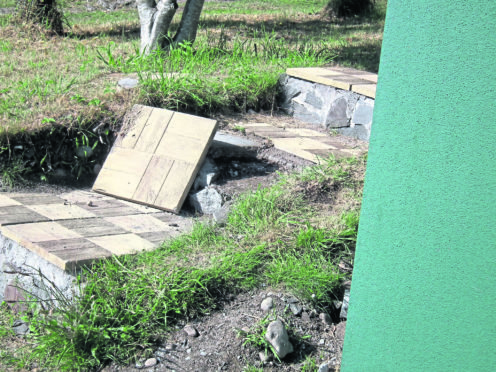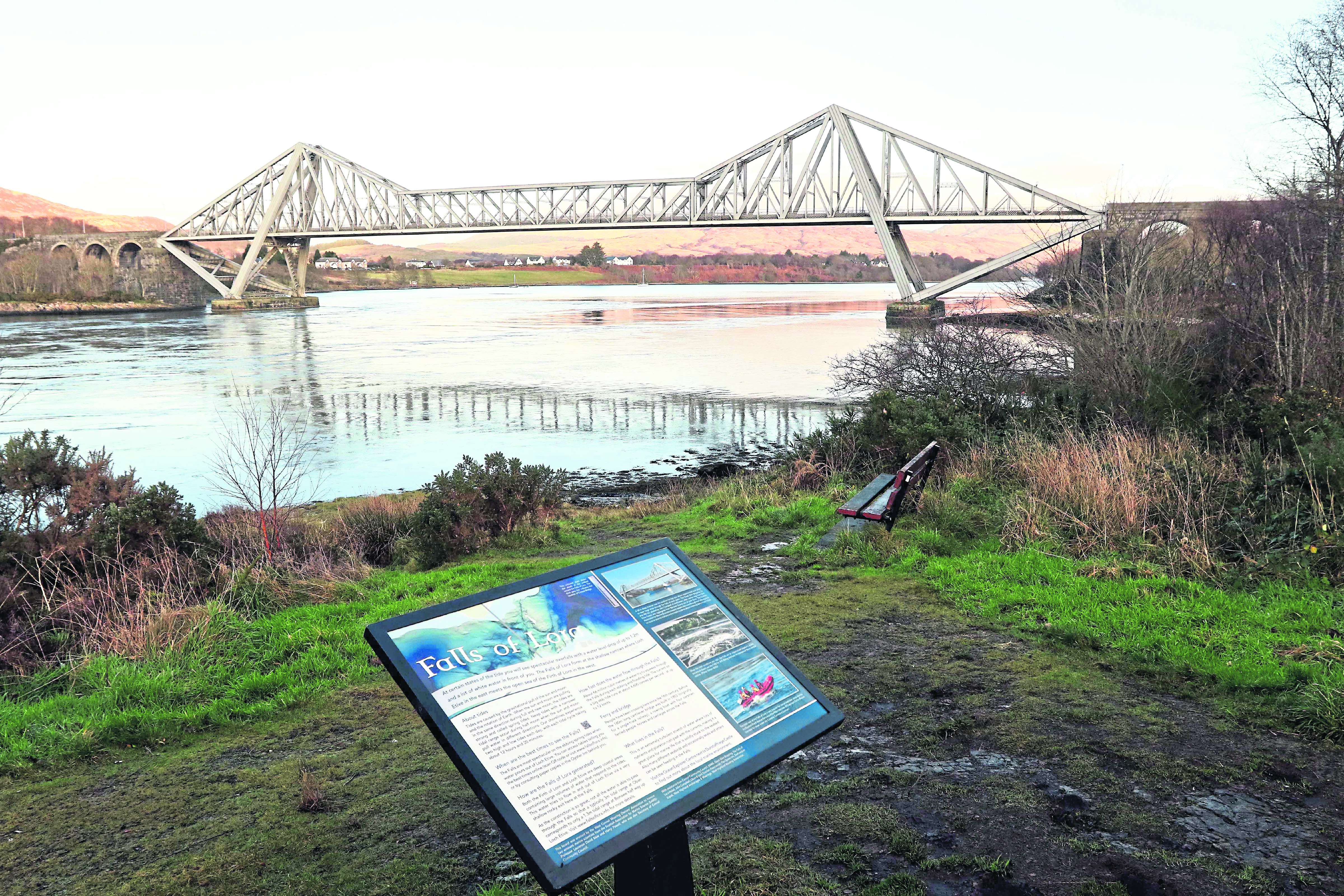A landmark legal ruling means that community councils can now be sued after a man fell and fractured his neck at a Highland beauty spot.
Prior to the fall, Connel Community Council had arranged for work to be carried at the viewpoint for the Falls of Lora, near Oban.
But later a slab on steps leading to the viewpoint cracked and became loose.
In July 2013, the late Alan Kershaw of Durham went fishing near the site. He fell while descending the steps on the way to the car park and fractured his neck.
He was airlifted to the Southern General Hospital in Glasgow where he received treatment. His fracture did not heal and his health deteriorated and he died in 2016 at he age of 57.
>> Keep up to date with the latest news with The P&J newsletter
Prior to his death, Mr Kershaw started legal proceedings against Connel Community Council and Aggregate Industries, which provided free labour in the project.
He sought damages for personal injury and claimed they were jointly responsible for the poor condition of the steps, and had each breached the duty of care that they owed to him.
His family is now continuing with the case. Jayne Crawford, a partner with Thompsons solicitors, said: “This is a landmark decision which confirms community councils can be sued for their negligent misdeeds. Had the court decided otherwise victims cases may have fallen into a black hole with wrongdoers escaping liability on a technicality.
“The decision confirms legal protection will be afforded to anyone injured as a result of a community council’s negligent acts.”
Legal proceedings will now continue.
The opinion that community councils can be sued has been published by Lord Woolman of the Court of Session.
Ms Shand QC on behalf of Connel Community Council’s insurers had argued that the body is an unincorporated association with no legal persona and could therefore not be sued.
However in his findings Lord Woolman wrote: “There are obvious practical advantages in allowing any action to be brought against a community council itself, rather than its members.
“Pursuers do not have to take steps to find out the names of the office bearers. Members do not have to worry about the threat of personal liability.
“Public spirited citizens might well be deterred from seeking election to community councils if they thought that there was a chance, even a remote one, that their own assets could be put at risk.”
Connel Community Council was contacted for comment and suggested that Argyll and Bute Council be contacted. A spokesman for the council said they could not comment because legal proceedings were underway.
The ruling stated that there was a certain ‘Heath Robinson’ aspect to the enterprise, because no-one had any expertise in laying or improving steps.
Making improvements
Connel Community Council first discussed improving visitor facilities at the Falls of Lora Viewpoint, the ownership of which is unknown, in 2012, but did not have the funds.
Members then heard that Aggregate Industries, which runs a nearby quarry, was encouraging its employees to provide services for free for certain community and charitable purposes.
The services of four labourers were offered and in August 2012 they arrived at the site where two members of the community council supervised and instructed them to work on the steps.
Surplus slabs from a community councillors patio were used Aggregate supplied cement and a watering can to mix it.











